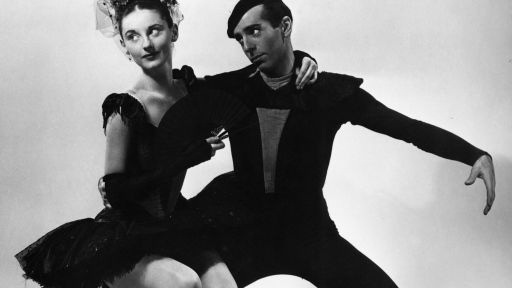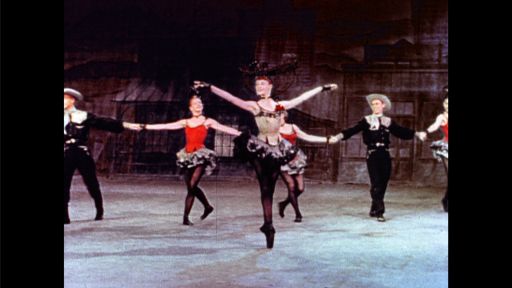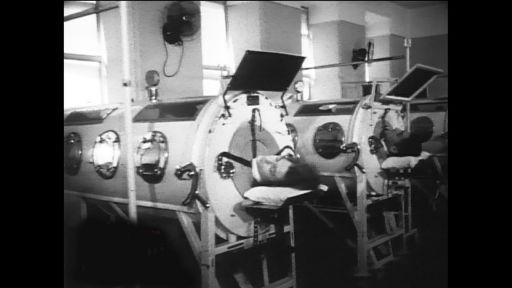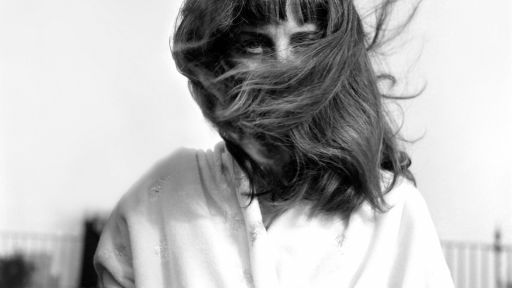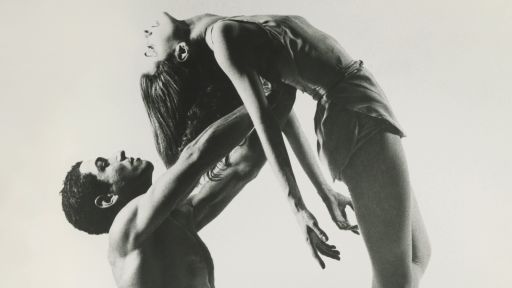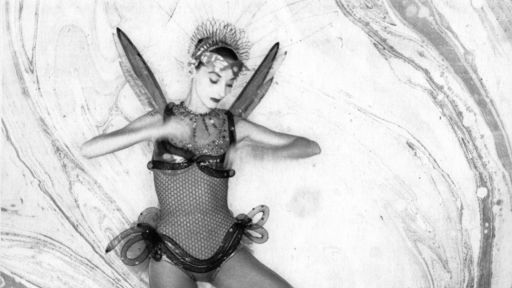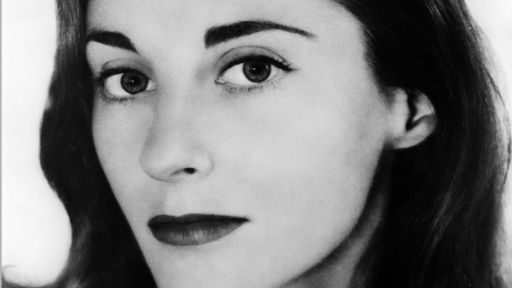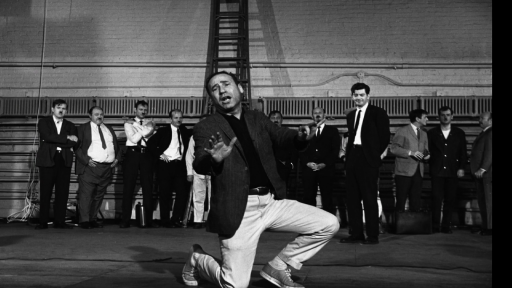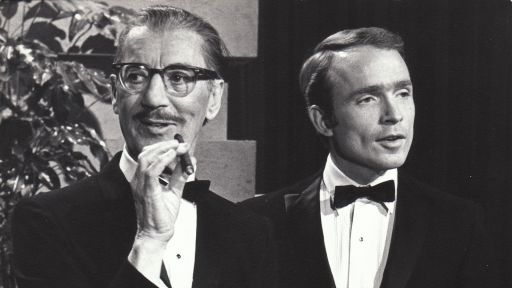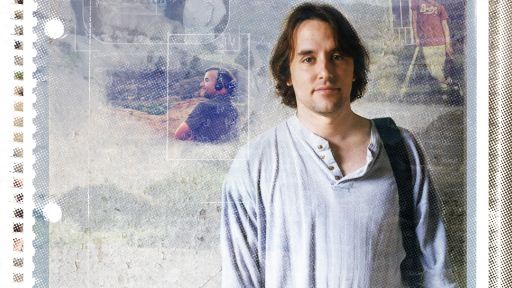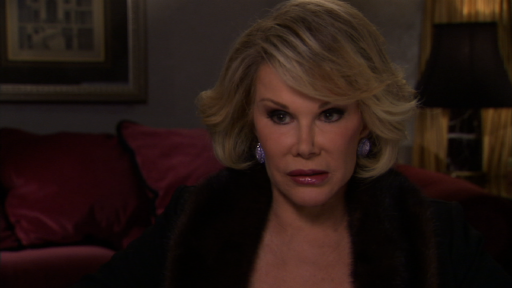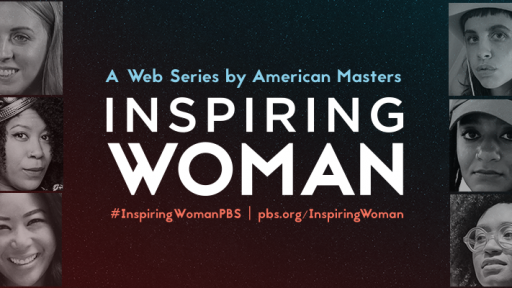Artistic Inspiration

Emmy- and Peabody-winning filmmaker Nancy Buirski (The Loving Story) brings ballerina Tanaquil Le Clercq’s poignant story to television for the first time in American Masters — Tanaquil Le Clercq: Afternoon of a Faun, premiering on PBS Friday, June 20 at 10 pm.
American Masters — Tanaquil Le Clercq: Afternoon of a Faun illuminates the exceptional qualities of “Tanny” in life and in dance. It portrays her artistic triumph and her personal tragedy. Through her own words and through the people who knew and loved her, our film captures her love of dance, her unique personality full of humor, candor and passion, and her position as the inspiration and love of arguably the two leading 20th-century choreographers working in America, George Balanchine and Jerome Robbins.
The subject of artist and muse has fascinated me since my own days as a painter and later as a photographer. The poignancy of this ephemeral relationship enchants me; indeed, an early inspiration for this documentary was the film Portrait of Jennie (1948), produced by David O’ Selznick and directed by William Dieterle, whose score directly influenced my own. The music by Claude Debussy, especially the piece “Prelude to the Afternoon of a Faun,” captured the haunting, romantic and elusive relationship between the painter, played by Joseph Cotten, and his young muse, played by Jennifer Jones.
The first time I saw footage of Le Clercq dancing was in Jerome Robbins’ haunting ballet, Afternoon of a Faun, set to the same music; the mystical, eroticism of that music underscoring her dance impressed me as it had in the film. Even as a child I’d felt the pain of the artist as he yearns for the muse he cannot have; the same quality seems ever present in the men who appear to want to possess Tanny. Former New York City Ballet star Jacques d’Amboise tells us that Balanchine needed the unattainable; it is painfully ironic that even as Balanchine ultimately “possesses” Tanny as his wife, her role as his inspiration will become elusive.
The possibility of treating Tanny’s intensely dramatic story as poetry was highly attractive to me as a painter as well as a filmmaker. A ballet dancer tries to ascend weightlessly into air, only to be brought back by the earth’s gravitational pull. It is the poetry of dance itself, and what could be more symbolic of the art form than a transcendental dancer pulled back to earth forever. It is what all dancers fear and face as they age out of their professions — so much sooner than most. It is a form of death greeting them prematurely. Balanchine created La Valse for Le Clercq – death comes to her, it embraces her and she falls to the ground, dead. It was the metaphor of dance as he had come to know it. Our film has tried to capture this poetry in mood, music and stirring dance.
The Making of the Film
Having seen a short segment on Tanny Le Clercq in the American Masters documentary on Jerome Robbins called Something to Dance About, I immediately committed to portraying the life of this extraordinary dancer, woman and survivor. Robert Weiss, director of the Carolina Ballet, based in Raleigh, NC, and a former New York City Ballet dancer, introduced me to Barbara Horgan, Balanchine’s long-time assistant and Managing Director of the George Balanchine Trust, who quickly offered support. In the fall of 2011, Ric Burns and Steeplechase Films offered production assistance, and research began in earnest.
This film could not have been made without the full cooperation of the George Balanchine Trust headed by Ellen Sorrin as well as the Jerome Robbins Foundation led by Christopher Pennington. We would not have progressed as quickly and as successfully without the able research team at Steeplechase, notably Katie O’Rourke, and eventually, with post production assistance by Cactus 3 (Krysanne Katsoolis). With remarkable footage and photographs in hand, some shot by Jerome Robbins, I began editing with Damian Rodriguez (Public Speaking). Martin Scorsese served as project and creative advisor and inspired us with his notes. Susan Lacy at American Masters believed in the film early in its life; her award-winning series came on as co-producers.
Other remarkable footage and photographs were offered by Martha Swope, the acclaimed ballet photographer. But it was not her ballet photographs that make the lasting impression, but the home movies she made of Tanny traveling in Europe in her wheelchair. They form indelible moments in our film.
About Nancy Buirski
Buirski is the director, producer and writer of American Masters — Tanaquil Le Clercq: Afternoon of a Faun. The theatrical release at 91 minutes had its world premiere as Afternoon of a Faun: Tanaquil Le Clercq at the 51st New York Film Festival, and its international premiere at the 64th Berlinale. She is the director, producer and writer of the Emmy Award-winning The Loving Story (2011) that appeared on HBO in February 2012. The film was a recipient of a coveted Peabody Award as well as a grant from the National Endowment for the Humanities. It had its festival premiere at the Full Frame Documentary Film Festival, followed by Tribeca, Silverdocs, Hamptons and Palm Springs and many other film festivals in the U.S. and abroad. It was included in the shortlist for the 2011 Academy Awards and was selected for Sundance’s Film Forward, the U.S. State Department’s American Film Showcase, and has screened at the White House. It has won numerous other awards including the American Historical Association’s 2012 John E. O’Connor Award, the Gabriel Award and the NAMIC Vision Award.
Buirski is a producer of Harlem Woodstock (Director Alex Gibney), Althea (Director Rex Miller) and consulting producer of Private Violence (Director Cynthia Hill), which premiered at Sundance in January 2014. She is producing a narrative version of the Lovings’ story in association with Colin Firth and Ged Doherty and is in development on The Donner Party with Ric Burns for HBO Original Programming. Buirski will next direct Endangered, a live-action and animated narrative based on Eliot Schrefer’s award-winning book of the same title.
As curator and producer, Buirski founded and was the Director of the Full Frame Documentary Film Festival for 10 years. She produced five collections of Full Frame shorts with Docurama and a library collection of feature-length documentaries, The Katrina Experience. She was executive producer of TED’s Pangea Day Film Content. Prior to her work in film, Buirski was the Foreign Picture Editor at The New York Times, garnering the paper its first Pulitzer Prize in photography. Her photo book Earth Angels: Migrant Children in America was published by Pomegranate Press. Prints from the collection were exhibited at the Smithsonian and traveled throughout the U.S.
By Nancy Buirski


